Wheelchair accessible Gdansk?
Arriving in Gdansk is like pitching up in a perfectly stylised idea of sixteenth century Amsterdam in Jessie Burton’s “The Miniaturist”. Ice cream coloured buildings line the streets of Ul. Dluga, the main street in the Old Town which runs from Upland Gate to Green Gate.
The buildings are almost architectural representations of the famous ‘lody’ or ice cream so beloved by the Poles. A cacophony of colours in tall cones, these beautiful buildings with their gabled roofs bring to mind a vision of a mercantile past, with throngs of people hastening down to the river to see the wares brought in by boat that day along the Motlawa river. Vendors line some of the smaller streets, although their attire is slightly more modern day than that of the merchants of days gone by.
This impression is justified to a degree, as sixteenth to eighteenth century Gdansk was indeed a thriving centre of activity, based in part on its desire to emulate some of the greatest European courts of the time, with Dutch and Flemish architects being commissioned to design many of the major buildings. The Danzig (as Gdansk was then known) Eastland Company was shown to have a bigger turnover then the famed East India Company of London, giving one an idea of the scale of the city’s trading importance.

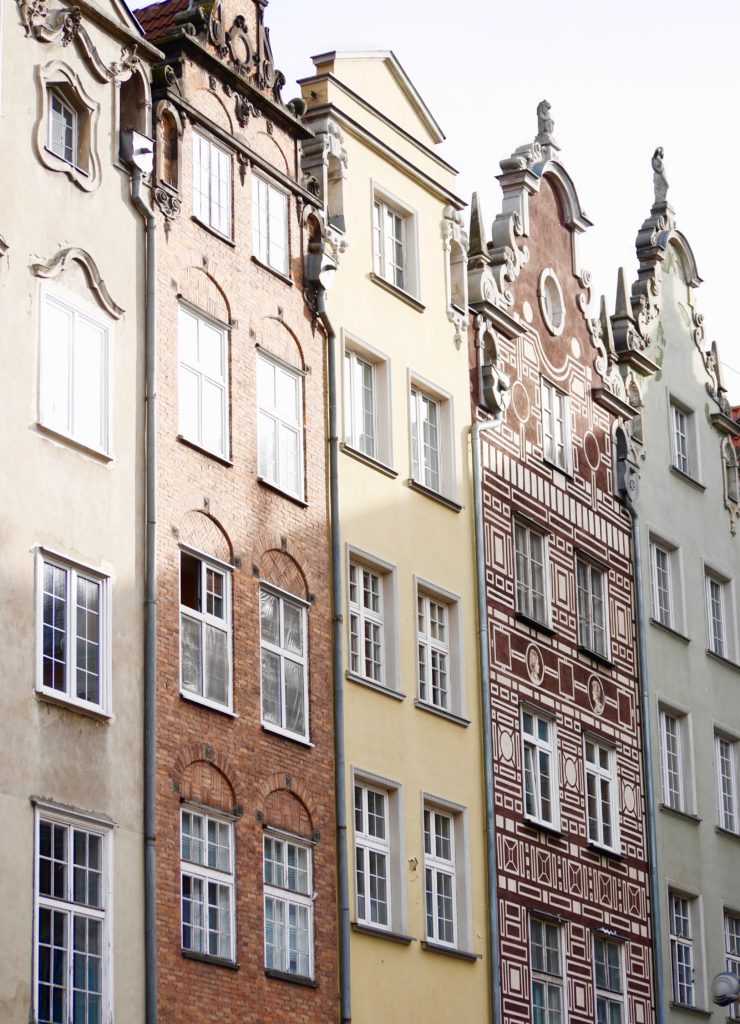
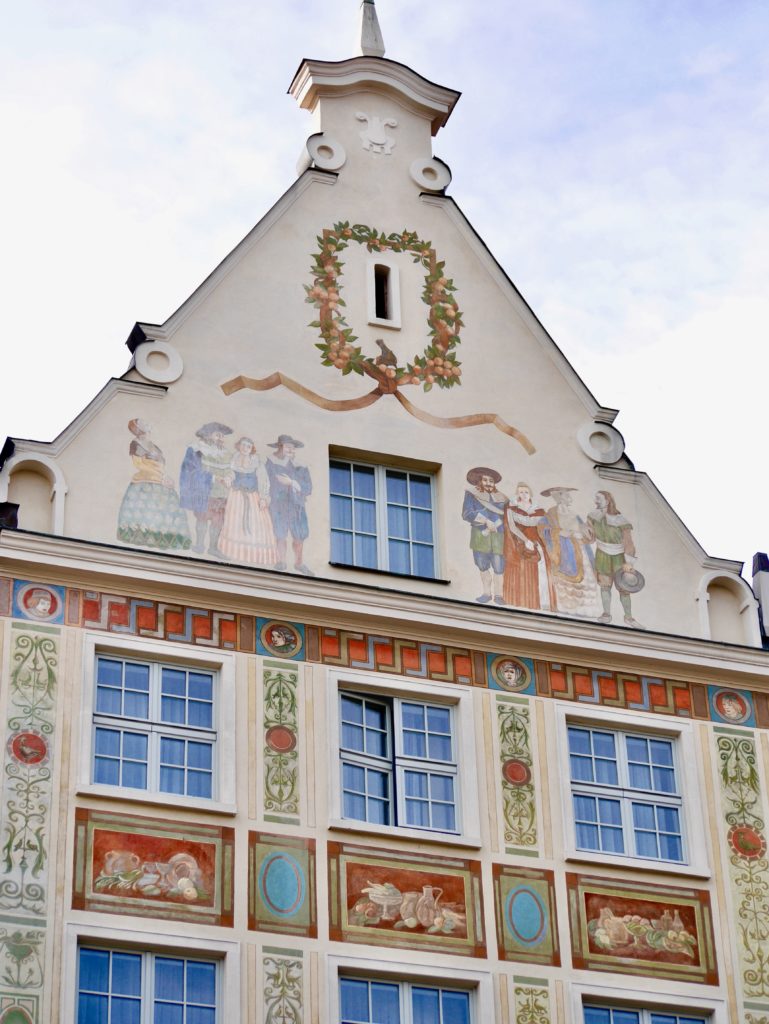
Gdansk and World War II
The surprise however lies in the fact that most of it is new, as ninety percent of Gdansk was actually flattened during World War II.
As the city where the opening shots of the war were fired, as Hitler began his assault of 1 September 1939, the city suffered catastrophic losses to its population during the war and to its city as a pay-off for its liberation by the Russian forces in 1945.
Photos of Gdansk in 1945 show a devastated city completely unrecognisable from the beautiful Old Town visitors encounter today.
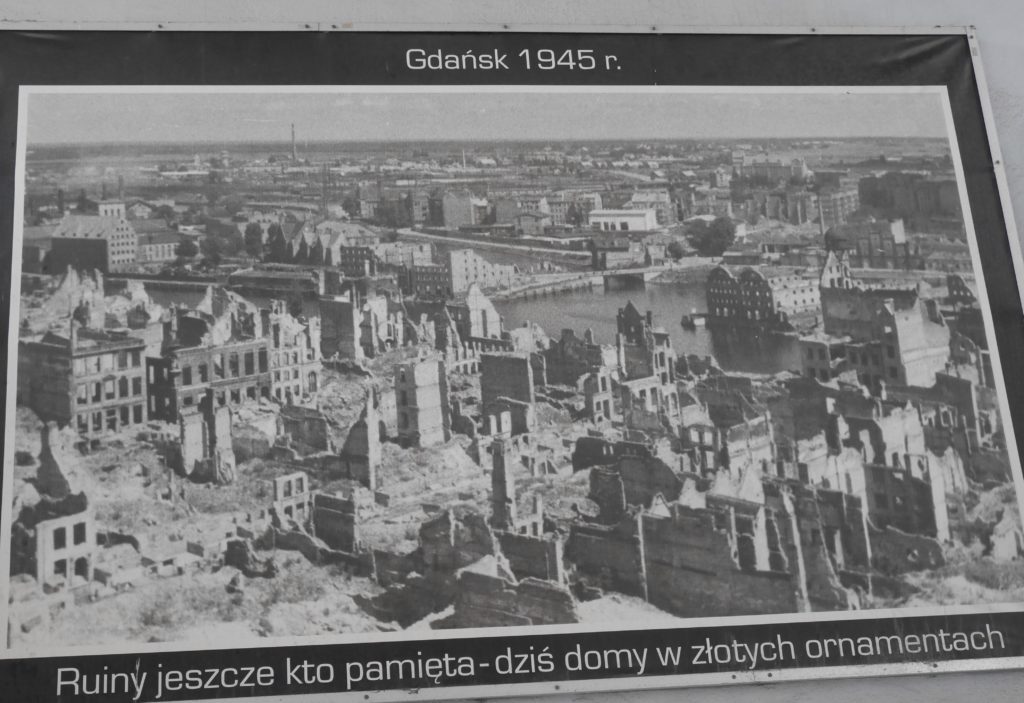
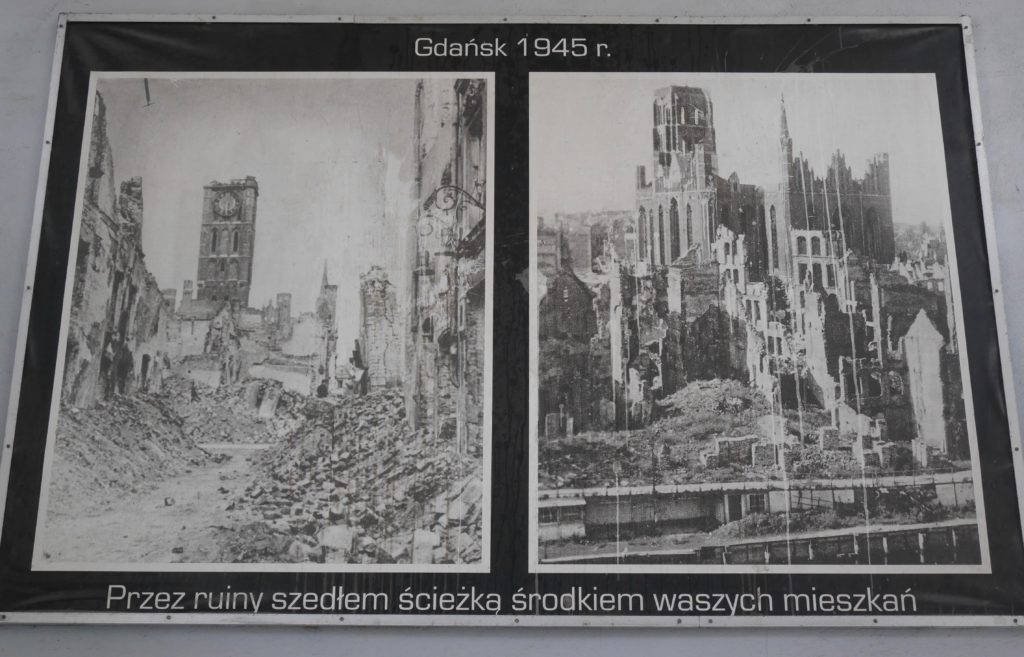
Yet what they find is a remarkable tribute to the Polish spirit as the buildings have been rebuilt to emulate Gdansk before the destruction of war left its toll.
What to see in Gdansk
We visited in October for a three day trip to one third of the Tri-City – the other parts being Sopot and Gdynia. Our limited time meant that we could not venture to the other parts on this trip as Gdansk itself has so much to do and see!
From the phenomenal Museum of the Second World War(worth a visit to Gdansk just to see that!) to the somewhat haunting place that is Westerplatte, to the inspiring European Solidarity Centre which charts the birth of the Solidarity movement and the beginning of the fall of the Soviet Union, Gdansk takes you on a whistle stop trip through the background of some of the most momentous events of the twentieth century.
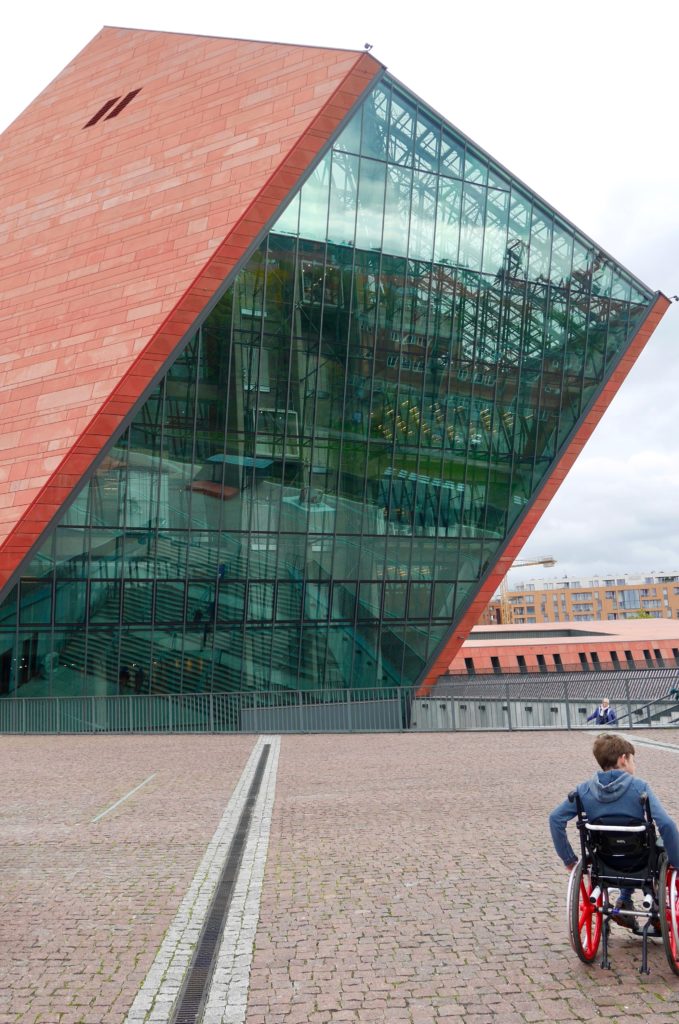

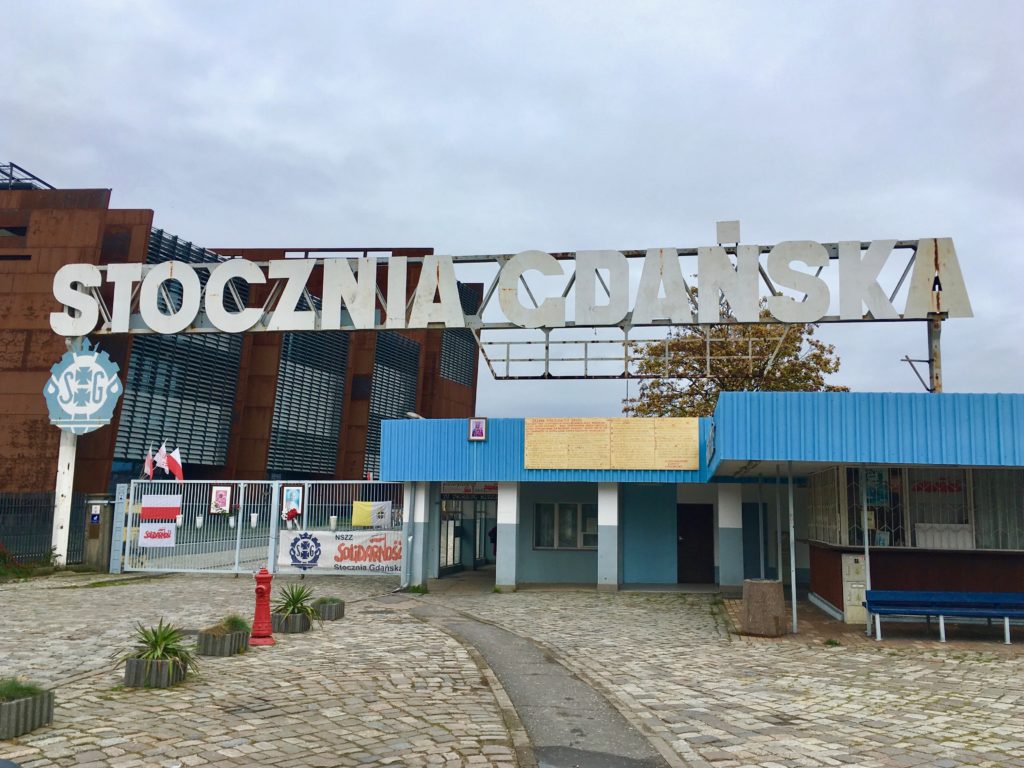
How accessible is Gdansk for a wheelchair user?
But as anyone with a wheelchair will know, such beauty and history often come at the price of accessibility, so how did Gdansk measure up as an accessible destination? The best way I can sum that up is to say that if you visit Gdansk as a wheelchair user, don’t wait until you are about to pass out with hunger before you try and find somewhere to eat and unless you have biceps reminiscent of those Eastern bloc Olympic shot putters of the 1980’s take a companion to help you get around.
Cobbles. Cobbles everywhere. And not just little ones, great big ones which love nothing more than to grab hold of those little castor wheels on the front of your chair and try and tip you out when they can. The plus side of them is that they make you take things slowly – it is impossible to travel round the Old Town at speed, meaning you get plenty of chance to soak up the atmosphere from the many restaurants selling the most delicious pierogi you will ever taste. For anyone who has never tried them, pierogi are a type of dumpling popular throughout Central and Eastern Europe. They can have many fillings and are one of the things I remember most about our first trip to Poland eighteen years ago. The downside of all the cobbles is that a day out can be a bit of a bone shaking experience, both for the person in the wheelchair and anyone helping with pushing. At least help is on hand, with many of the hotels and apartments having their own spa where you can go at the end of the day to ease your aching muscles.
However, as a plus, the Old Town is completely pedestrianised with low curbs in most places.
Many of the shops and restaurants in the Old Town are not great in terms of accessibility, with most of them having at least one step to enter. Talking to an amber seller (a mineral gathered and worked in Gdansk and available everywhere in many different guises) he informed me that most of the buildings in the Old Town are subject to strict regulations governing what changes they can make to the facades of the buildings. To build a ramp to improve accessibility necessitates an expensive permit which puts it out of reach of most small business owners. As he explained, the only organisations in a position to do this are the big public ones such as the museums. Which I must say in our experience, they mostly do very well.
However if you are happy to sit outside to eat, there are plenty of options and plenty of heaters to keep you toasty, even if you visit in the colder months. People are always happy to help and it will not usually be too difficult to find a couple of willing volunteers to help lift you up and down steps, if your preference is to be inside and if are happy with that.
So is it worth a visit?
But don’t let the aforementioned put you off – while not everywhere is ideally set up for someone with mobility issues, there are still so many reasons why a trip to Gdansk should be on your list.
- The Old Town is beautiful – it’s not the easiest to get around but in no way is it impossible.
- Many of the points of interest such as Neptune’s Fountain and the Fahrenheit Monument are situated outside and so present no difficulties.
- The museums and memorials are truly excellent – as a family with a sixteen year old daughter who once proclaimed on a trip to Cambridge that “If I have to go in another museum I will die!” I can confirm that no such incident occurred and in fact she actually seemed to enjoy herself. They must be good.
- Buses, trains and trams are mostly accessible. As a disclaimer, I will say that we only tried the bus from the airport, preferring to walk or wheel everywhere else, but the information we were given from the tourist office was that most are suitable, although it is always wise to check in advance.
- If you have more time it’s a great starting point for a trip to the Polish holiday resort of Sopot which boasts the longest wooden pier in Europe or perhaps you would rather go and see the modernist architecture of Gdynia.
- Modern buildings are pretty good in terms of access and improving all the time. Many visitors to Gdansk choose to stay in rented apartments in managed buildings, offering the best of both worlds. Plenty of space but with the extra comforts of restaurants and the aforementioned spas.
- Pierogi – I am still dreaming……
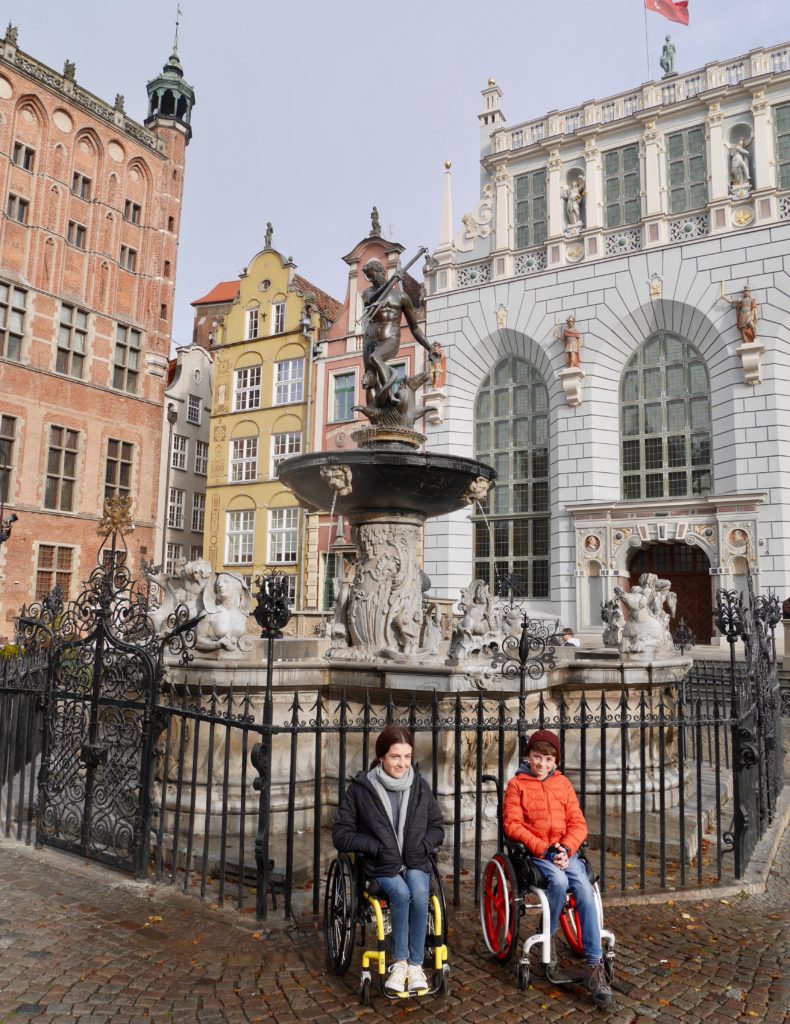
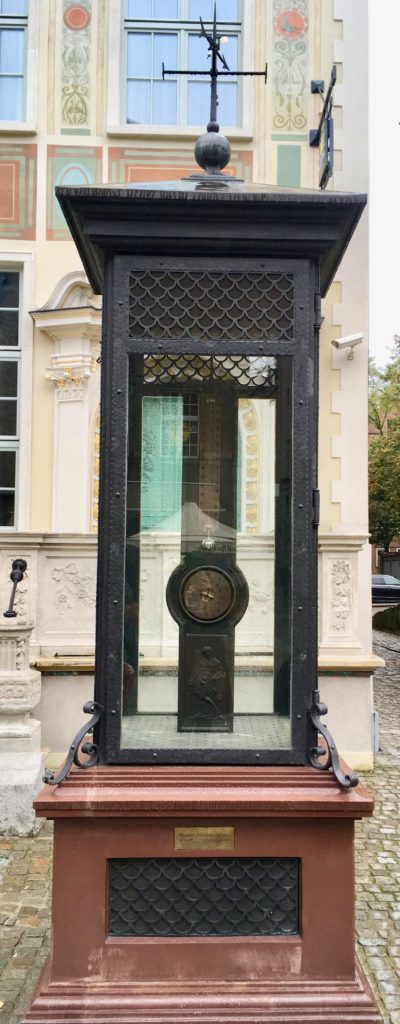
(Oh, and as an incidental and as the mum of a twelve year old who loves to charge down ramps in his chair at terrifying speed, the accessible entrance at the Museum of the Second World War is quite something…)
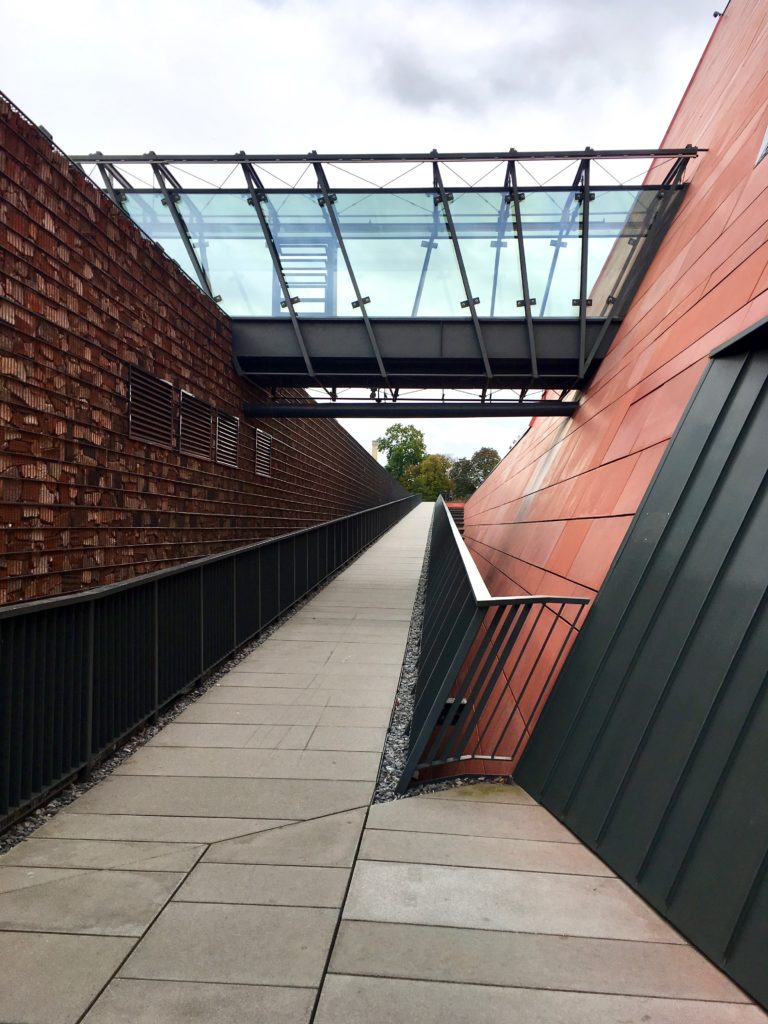
I will be posting more on here with regards to the specifics of individual attractions, most of the museums deserving of a whole article to themselves. But in summary, next time you are considering a few days away, I would strongly recommend that you include Gdansk on your short list. It may not be as instantly accessible as some of the more mainstream short break ideas, but it is definitely achievable and offers the chance to visit a beautiful, under the radar city, with a wealth of history, culture and great food.
(And do let me know what you think of the pierogi!)



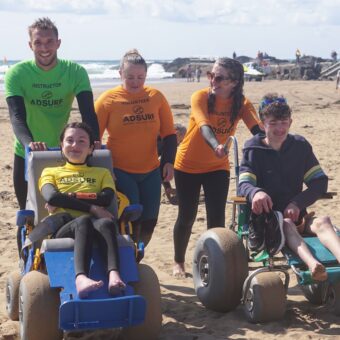



Cheryl
I’m so glad you enjoyed it – thankyou for the support, it’s really appreciated and yes, there’s lots more to come!
Billie Light Walker
Great article! Your genuine perspective is so refreshing…. of course, I as well need pierogi now! keep ’em coming… much love, Family!
Cheryl
You are missing a treat!
Nicola
It looks fab…and I’ve never eaten native pierogi ..